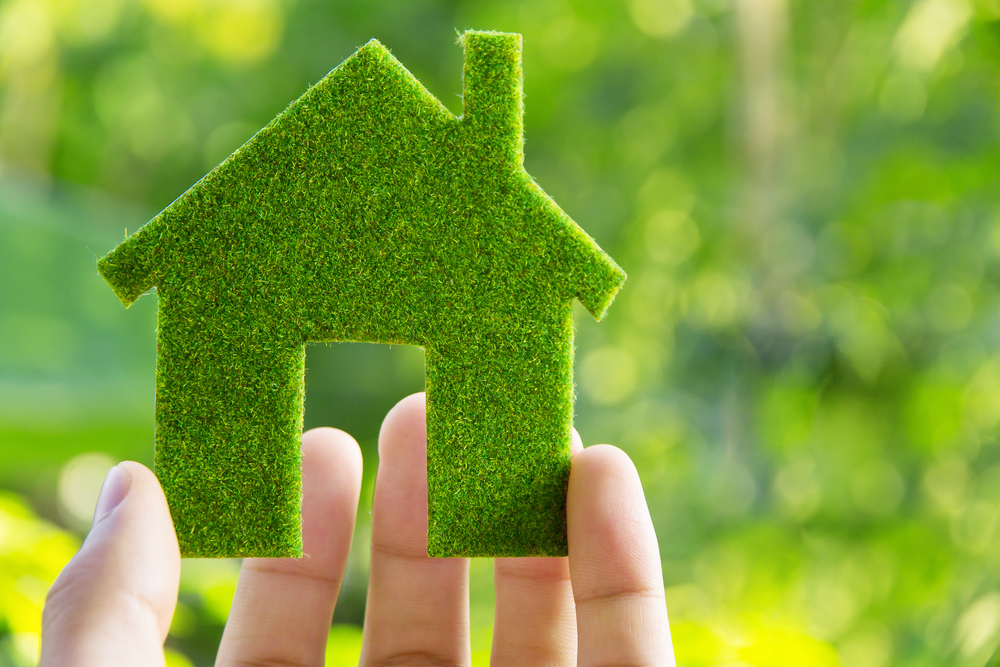In a world where environmental consciousness is paramount, the concept of "greentech homes" has emerged as a beacon of sustainable living. These eco-friendly residences are designed to minimize their impact on the environment while providing a comfortable and technologically advanced living space. Let's delve into the world of greentech homes, exploring what makes them unique, their benefits, and how you can embrace this innovative lifestyle.
In the hustle and bustle of modern life, the term "greentech homes" has gained prominence. But what exactly do we mean by this? Greentech homes, also known as eco-friendly or sustainable homes, prioritize environmental responsibility and resource efficiency. These homes are crafted to have minimal negative effects on the planet, making them a compelling choice for those who seek a harmonious coexistence with nature.
What Makes a Home Green?
Energy-efficient design and appliances
One of the key features of greentech homes is their emphasis on energy efficiency. From well-insulated walls to energy-efficient appliances, these homes are designed to minimize energy consumption, resulting in lower utility bills and reduced environmental impact.
Use of renewable energy sources
Greentech homes harness the power of renewable energy sources like solar and wind. Solar panels, in particular, have become a staple in eco-friendly home design, converting sunlight into electricity and reducing reliance on traditional power grids.
Sustainable building materials
The construction of greentech homes often involves the use of sustainable materials. From bamboo flooring to recycled steel, these materials not only minimize environmental impact but also contribute to the overall longevity and durability of the structure.
Water conservation practices
Greentech homes prioritize water conservation through innovative solutions like rainwater harvesting systems and low-flow plumbing fixtures. This not only reduces water consumption but also promotes responsible use of this precious resource.
Benefits of Greentech Homes
Environmental impact
The most obvious benefit of greentech homes is their positive impact on the environment. By reducing energy consumption, utilizing renewable resources, and employing sustainable building practices, these homes play a crucial role in mitigating climate change and preserving natural resources.
Cost savings for homeowners
Contrary to the misconception that greentech homes are expensive, they often lead to significant cost savings in the long run. Lower energy bills, government incentives, and increased home value contribute to a financially savvy investment.
Enhanced health and well-being
The use of non-toxic materials and improved indoor air quality make greentech homes healthier living spaces. Residents often report fewer allergies and respiratory issues, attributing their well-being to the conscious choices made in the construction and design of their homes.
Greentech Home Features

Smart home technology
Integrating smart home technology is a hallmark of greentech homes. From energy-efficient lighting systems to automated climate control, these features not only enhance convenience but also contribute to energy savings.
Green roofs and walls
Green roofs and walls, adorned with vegetation, provide insulation and improve air quality. These features act as natural coolants, reducing the need for artificial heating and cooling systems.
Solar panels and other renewable energy systems
Solar panels are perhaps the most recognizable feature of greentech homes. These panels capture sunlight and convert it into electricity, allowing homeowners to generate their power sustainably.
Rainwater harvesting systems
Collecting rainwater for non-potable uses is a common practice in greentech homes. This not only conserves water but also reduces reliance on municipal water supplies.
Challenges and Solutions

Initial costs and return on investment
While the upfront costs of greentech features can be a concern, it's essential to view them as long-term investments. Government incentives, tax credits, and the potential for increased property value offer compelling solutions to offset initial expenses.
Government incentives and rebates
Many governments worldwide offer incentives and rebates to encourage the adoption of greentech practices. From tax credits for solar installations to subsidies for energy-efficient appliances, these initiatives make greentech homes more accessible to a broader audience.
Changing consumer mindset
Overcoming the resistance to change is a challenge in promoting greentech homes. Education and awareness campaigns play a vital role in shifting the mindset of consumers towards sustainable living practices.
Case Studies
Examples of successful greentech home projects
Real-world examples demonstrate the feasibility and benefits of greentech homes. Case studies highlight how these homes not only contribute to environmental sustainability but also provide comfortable and modern living spaces.
How these homes contribute to a sustainable future
By showcasing the positive impact of greentech homes on the environment and residents' quality of life, case studies inspire others to consider similar eco-friendly options.
Future Trends in Greentech Homes
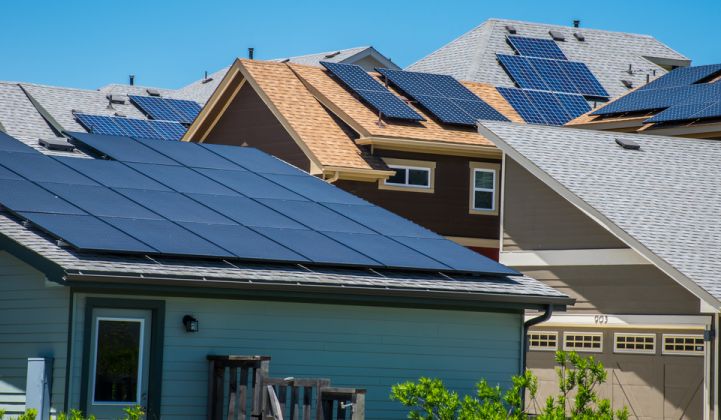
Advancements in technology
Ongoing technological advancements continue to shape the future of greentech homes. From more efficient solar panels to innovative energy storage solutions, the evolution of technology holds promise for even more sustainable living options.
Increasing awareness and adoption
As environmental concerns take center stage, there is a growing awareness of the need for sustainable living. This increased awareness is driving the adoption of greentech features in both new constructions and existing homes.
Regulatory developments
Governments are increasingly recognizing the importance of sustainable living and enacting regulations to promote greentech practices. Building codes and certifications are evolving to incentivize and enforce eco-friendly construction methods.
Tips for Making Your Home Greener

Small changes with big impacts
Not every greentech upgrade requires a massive investment. Simple changes like switching to LED light bulbs, sealing drafts, and installing a programmable thermostat can significantly reduce energy consumption.
DIY projects for a sustainable home
Engaging in do-it-yourself projects allows homeowners to take an active role in making their homes greener. From upcycling furniture to creating a compost bin, there are numerous eco-friendly projects that are both rewarding and impactful.
The Role of Architects and Builders
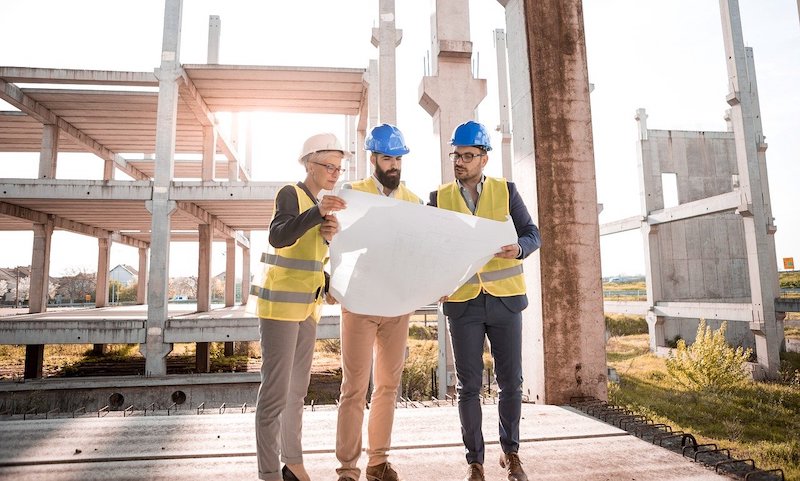
Integrating green principles in design and construction
Architects and builders play a pivotal role in shaping the sustainability of homes. By incorporating green principles into the design and construction process, these professionals contribute to the creation of environmentally responsible living spaces.
Certifications for eco-friendly homes
Certifications like LEED (Leadership in Energy and Environmental Design) provide a standardized measure of a home's environmental performance. Seeking out certified professionals and homes ensures a commitment to sustainability.
Popular Misconceptions about Greentech Homes

Debunking myths surrounding greentech homes
There are common misconceptions that greentech homes are unaffordable or sacrifice comfort. Debunking these myths is essential in encouraging wider adoption of sustainable living practices.
Addressing concerns about affordability and feasibility
Affordability and feasibility are legitimate concerns for many homeowners. Exploring financing options, government incentives, and long-term savings can address these concerns and make greentech homes a viable choice.
The Intersection of Technology and Sustainability

How tech innovations are shaping the future of greentech homes
The integration of technology and sustainability is a key trend in the evolution of greentech homes. From smart grids to energy-efficient appliances, technology is enhancing the efficiency and effectiveness of sustainable living.
Realizing the Dream: Steps to Building Your Greentech Home
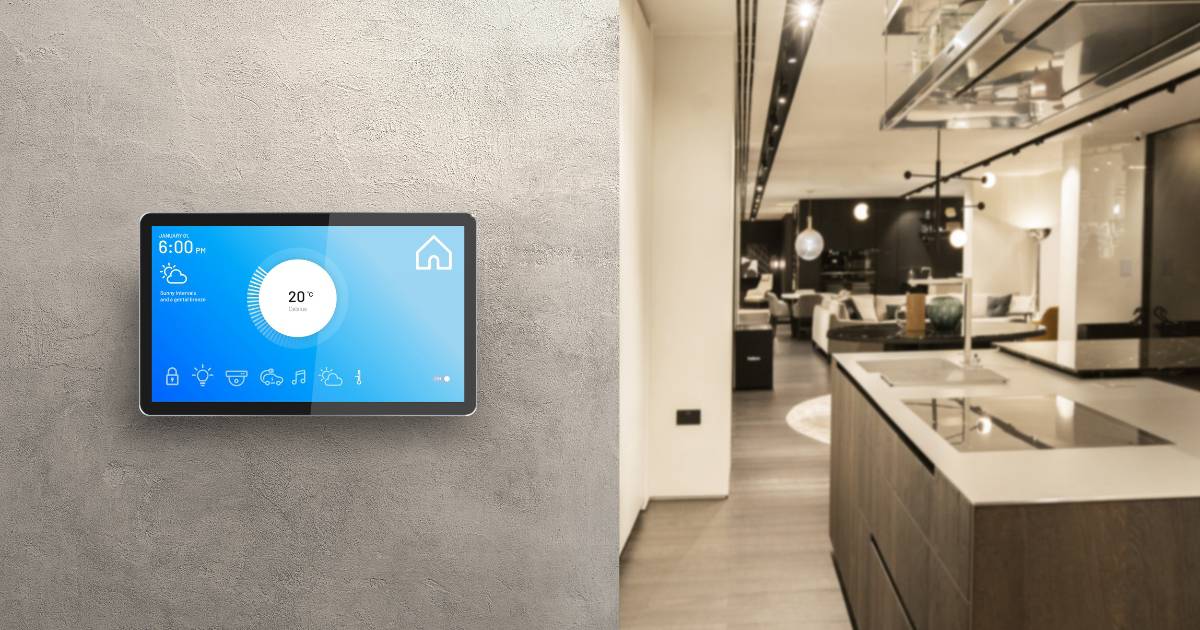
Planning and design considerations
Embarking on the journey to a greentech home starts with thoughtful planning and design. Considerations such as site orientation, energy-efficient layouts, and sustainable materials are crucial in the early stages.
Choosing the right professionals for the job
Selecting architects, builders, and contractors with experience in greentech construction ensures the successful realization of your vision. Their expertise can guide you through the process and help you make informed decisions.
Success Stories from Greentech Homeowners
Testimonials and experiences from individuals who adopted greentech practices
Real people sharing their experiences provide a human touch to the benefits of greentech homes. Hearing success stories can inspire others to take the plunge into sustainable living.
The Global Impact of Greentech Homes
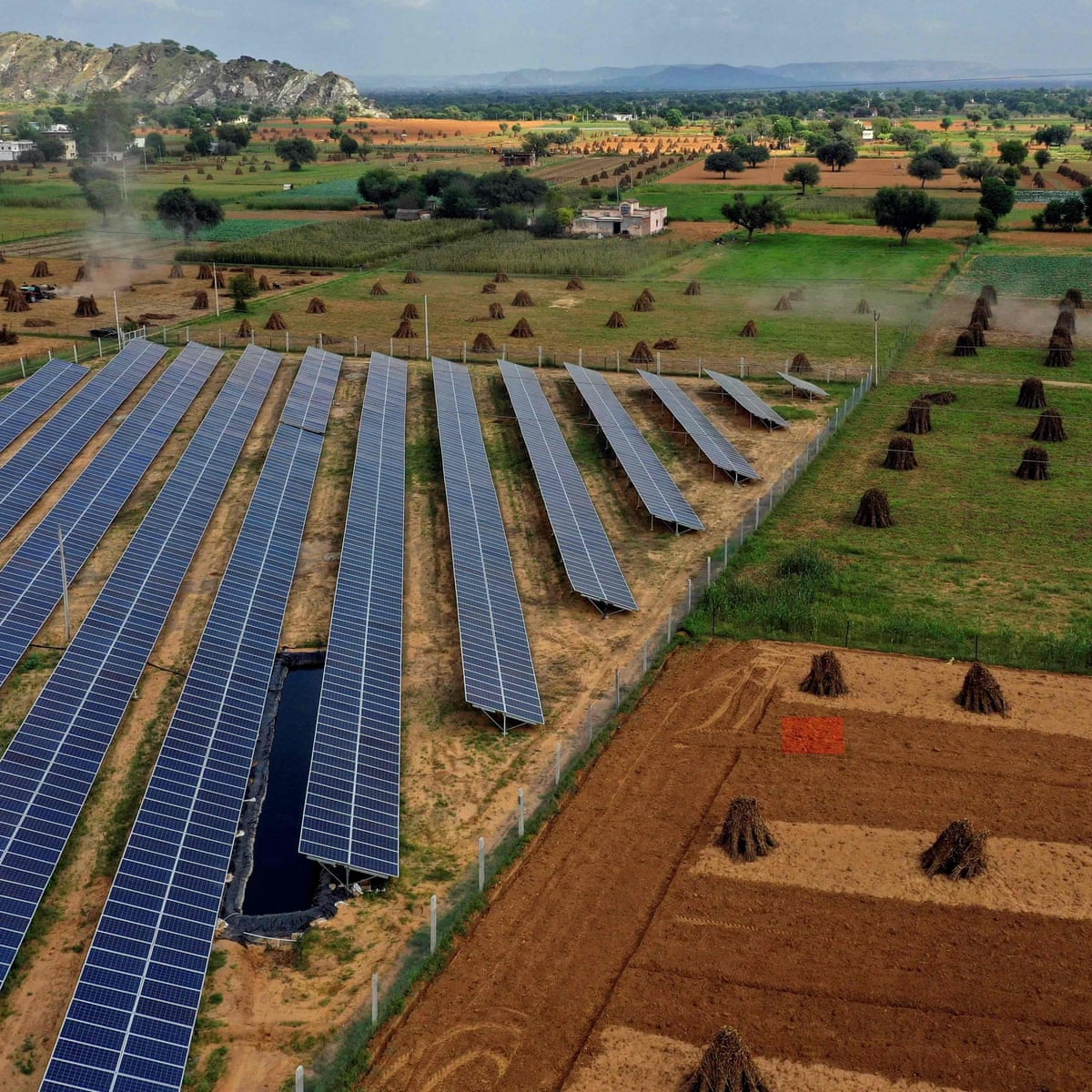
How widespread adoption can contribute to a healthier planet
Scaling up the adoption of greentech homes is not just a personal choice; it's a global imperative. The collective impact of millions of households embracing sustainable living practices can significantly contribute to a healthier and more sustainable planet.
Conclusion
In conclusion, greentech homes represent more than just a housing trend; they embody a commitment to a greener, more sustainable future. By understanding the benefits, dispelling myths, and learning from success stories, individuals can make informed choices that positively impact both their lives and the environment.
FAQs
Q. Are greentech homes only for the wealthy?
Ans: Greentech features are becoming more accessible, with government incentives and increasing market competition driving down costs. Many greentech upgrades offer long-term savings, making them financially viable for a broader range of homeowners.
Q. Do greentech homes require specialized maintenance?
Ans: While some greentech features may require specific maintenance, many are designed to be low-maintenance. Regular inspections and routine care are generally sufficient to keep greentech systems running efficiently.
Q. Can I retrofit my existing home to be more greentech?
Ans: Yes, many greentech upgrades can be retrofitted into existing homes. From solar panels to energy-efficient appliances, homeowners can gradually introduce eco-friendly elements to their properties.
Q. Are greentech homes only suitable for certain climates?
Ans: Greentech features can be adapted to various climates. Technologies like smart climate control and well-insulated designs can be customized to suit both cold and warm climates.
Q. How do greentech homes contribute to reducing carbon footprints?
Ans: Greentech homes reduce carbon footprints by minimizing energy consumption, utilizing renewable energy sources, and incorporating sustainable building practices. This holistic approach contributes to a significant reduction in overall environmental impact.

